全国2007年4月高等教育自学考试
英语国家概况试题
课程代码:00522
请将答案填在答题纸相应位置上
本试卷共8页,满分100分,考试时间150分钟。
I.Read the following unfinished statements or questions carefully. For each unfinished statement or question, four suggested answers marked A, B, C and D are given. Choose the one that you think best completes the statement or answers the question. Write the letter of the answer you have chosen in the corresponding space on the answer sheet. (50 points, 1 point for each)
1.Which of the following is NOT true of Elizabeth I?
A.Her religious reform was a compromise of views.
B.Her religious reform was welcomed by both the Puritans and ardent Catholics.
C.She desired “that there should be outward conformity to the Established religion”.
D.She broke Mary’s ties with Rome and restored her father’s independent Church of England.
2.The Restoration in English history took place in _______.
A.1042 B.1066
C.1606 D.1660
3.Historically, _______ were ferocious people, but they laid the foundations of the English state.
A.the Celts B.the Vikings
C.the Anglo-Saxons D.the Normans
4.William, Duke of Normandy, is now known as _________.
A.William Rufus B.William the Confessor
C.William the Great D.William the Conqueror
5.In Britain, the Tories were the forerunners of _______ which still bears the nickname today.
A.the Social and Democratic Liberal Party
B.the Liberal Party
C.the Labor Party
D.the Conservative Party
6.The person who was responsible for the religious Reformation of England in the 16th century was _________.
A.Edward VIII B.Henry VIII
C.Elizabeth I D.Edward VI
7.Queen Mary Tudor has been known as “Bloody Mary ”because under her reign ________.
A.a series of bloody wars were fought
B.many Protestants were persecuted and burnt as heretics
C.many rebel peasants were put to death
D.many protesters against her rule were killed
8.The _______ developed later into the Lords and the Commons known as Parliament.
A.Witan B.Privy Council
C.Public Records Office D.Great Council
9.In Britain,________ is the symbol of the whole nation.
A.the Queen B.the Prime Minister
C.the Prince D.the Parliament
10.Easter is the chief Christian festival, which celebrates________.
A.the birth of Jesus Christ B.the Resurrection of Jesus Christ
C.the coming of spring D.the revival of Christianity
11.The English king, who gave up his crown for the sake of a marriage with Wallis Simpson, was _______.
A. Henry Ⅷ B. Edward Ⅷ
C.George Ⅵ D.James Ⅵ
12.Those who tried to destroy the hated machines during the English Industrial Revolution were called ______.
A.Destroyers B.Breakers
C.Unionists D.Luddites
13.The great King of Wessex who fought against the invasion of the Danes in the 9th century was known as _______.
A.Hengist B.Alfred the Great
C.the Pilgrim D.King of Picts
14.The Seven Year’s War (1756—1763) was fought between Britain and _______ for the colonization in North America.
A.Spain B.Russia
C.Holland D.France
15.In Britain, the national newspapers can be divided into two groups: _______.
A.daily papers and weekly papers
B.daily papers and Sunday papers
C.weekly papers and monthly papers
D.weekly papers and quarterly papers
16.The People’s Charter was drawn up by _______ as their demands.
A.the London Working Men’s Association
B.the British Steel Corporation
C.the activists in the Chartist Movement
D.the Trade Union
17.Mrs. Margaret Thatcher, a Conservative Party leader in the 1980s, believed in the following EXCEPT _______.
A.self-reliance B.privatization
C.the strengthening of the trade unions D.the keeping of law and order
18.The two main tiers of local authority throughout England and Wales are ______.
A.counties and districts B.cities and towns
C.cities and villages D.cities and shires
19.In Britain, official public holidays are also called ______.
A.religious holidays B.saints’ holidays
C.memorial holidays D.bank holidays
20.The English Channel separates the island of Great Britain from ______.
A.Denmark B.Belgium
C.the Netherlands D.France
21.Most of the first Chinese immigrants who came to the United States between 1850—1880 settled down in ______.
A.Florida B.Washington
C.California D.New Jersey
22.In September, 1774 the First Continental Congress was held in ______, which encouraged Americans to refuse to buy British goods.
A.New York B.Boston
C.Philadelphia D.Concord
23.During the American westward movement, Democratic politician John L. O’Sullivan produced the famous theory of ______.
A. “Isolationism” B. “Good Neighbor Policy”
C. “Social Darwinism” D. “Manifest Destiny”
24.The American Constitution was finally adopted in 1789 by a narrow margin on the understanding that ______ after the Constitution came into force.
A.Washington would be president of the U.S.
B.the House of Representatives would be elected by each state
C.a Bill of Rights would be amended
D.each state would be equally represented in the Senate
25.In 1972, U.S. President ______ visited China, which led to the establishment of diplomatic relations with China in January 1979.
A.Ronald Reagan B.Richard Nixon
C.Jimmy Carter D.Gerald Ford
26.Which work praised the idea of equality and democracy and also celebrated the dignity, the self-reliant spirit and the joy of the common man?
A.Leaves of Grass by Walt Whitman.
B.Self-reliance by Ralph Waldo Emerson.
C.Life on the Mississippi by Mark Twain.
D.Sister Carrie by Theodore Dreiser.
27.The Constitution requires the President to be a natural-born American citizen at least ______ years of age.
A.30 B.35
C.40 D.45
28.On April 30th of 1789, George Washington took the oath of office in ______ which housed the first American government.
A.New York B.Washington
C.Philadelphia D.Boston
29.Which of the following may NOT be President Wilson’s achievements in his program of New Freedom?
A.Making loans available to farmers at low rates.
B.Adopting an income tax.
C.Regulating trusts by stating clearly the unfair business practices.
D.Regulating railroad prices and their rebates.
30.In the U.S. the ______ refers to the people born in the period 1946—1964.
A. “lost generation” B. “me generation”
C. “blue-collar generation” D. “baby boom generation”
31.The conference that decided to set up a world organization ——the United Nations was held in ______.
A.Teheran B.Cairo
C.Yalta D.Washington
32.The President of the United States can issue rules, regulations and instructions, which are called ______.
A.legal acts B.standing orders
C.verdicts D.executive orders
33.The political theory of American Revolution came from the well-known philosopher ______.
A.Thomas Jefferson B.Thomas Paine
C.Alexander Hamilton D.John Locke
34.Which statement is NOT true about the Great Depression in the 1930s?
A.Billions of dollars of paper profits were wiped out within a few days.
B.Misery and personal sufferings were widespread.
C.Many lost their land and other properties because of foreclosures.
D.The stock market crash was the beginning of long economic recovery.
35.During the American Civil War, the victory at ______ proved to be the turning point for the Union Army.
A.Harrisburg B.Gettysburg
C.Lexington D.Fort Sumter
36.Which statement is NOT true about the American Indians?
A.Heavy drinking and suicide rates are far above the national averages.
B.The average life expectancy of Indians is around 50 years.
C.All the American Indians are now living in the government reservations.
D.One fourth of the Indian families live below the poverty level.
37.The American Standard Oil Company was founded by ______.
A.John Rockefeller B.du Pont
C.J.P. Morgan D.Andrew Carnegie
38.A typical example of American intolerant nationalism from 1919—1920 was ______ that exaggerated the danger of Communism.
A.McCarthyism B.the Ku Klux Klan
C.the Red Scare D.Desegregation
39.Currently between 80% and 90% of immigrants to the U.S. are from ______ countries.
A.Asian and African B.European and Hispanic
C.Asian and Hispanic D.Scandinavian and Asian
40.______ is the only organization which has the power to interpret the U.S. Constitution.
A.The Supreme Court B.The Department of State
C.The House of Representatives D.The Senate
41.______ is British Columbia’s largest city and the third largest city in Canada.
A.Vancouver B.Toronto
C.Quebec City D.Montreal
42.Almost half the land area of Canada is covered by ______.
A.forests B.deserts
C.swamps D.bogs
43.During World War II, Canada fought as an ally of ______ with nearly one million people serving in the armed forces.
A.Germany B.Swiss
C.Italy D.Britain
44.In Australia ______ has the country’s richest farmland and best grazing land.
A.the Great Western Plateau B.the Eastern Highlands
C.the Central Eastern Lowlands D.the Outback
45.In recent years Australian governments have encouraged people with different ethnic backgrounds to keep their own cultures. This policy is called ______.
A.assimilation B.integration
C.multiculturalism D.alienation
46.Which of the following statements about Australia is NOT true?
A.It lies south of the equator.
B.It is the world’s smallest continent.
C.It is the flattest and lowest continent.
D.It is the continent that contains more than one country.
47.The first European to visit New Zealand was a/an ______, Abel Tasman.
A.Englishman B.Dutchman
C.Frenchman D.German
48.______ is the capital of New Zealand.
A.Auckland B.Wellington
C.Toronto D.Montreal
49.Which statement is NOT true about Ireland?
A.Ireland is divided into two political units.
B.Northern Ireland is part of the United Kingdom.
C.The Republic of Ireland is an independent country.
D.Ireland is called the Emerald Isle because of its rich deposit of emeralds.
50.The largest river in Ireland is the ______, which provides electric power for much of the Republic.
A.Missouri River B.Shannon River
C.Severn River D.Thames River
II. Give a one-sentence answer to each of the following questions. Write your answer in the corresponding space on the answer sheet. (30 points, 3 points for each)
51. What is the official name of Great Britain?
52. What does “Oxbridge” refer to in Great Britain?
53. What are the responsibilities of British government education departments?
54. What does SAT stand for?
55. What are the two most important acts passed in the 1960s that helped to improve the political equality of the black people?
56. What is known as the “winner-take-all” system?
57. What does ACT stand for in Australian political division?
58. Why does New Zealand remain green all the year round?
59. What are the three main groups of settlers living north of 55 degree north latitude in Canada?
60. What is the most significant feature of Irish landscape, which covers all the mountains and large areas of lowlands?
III. Explain each of the following terms in English. Write your answer in the corresponding space on the answer sheet in around 40 words. (20 points, 5 points for each)
61. the Industrial Revolution
62. the Commonwealth
63. checks and balances
64. Electoral College
2007年4月自考英语国家概况试题答案
英语国家概况试题
课程代码:00522
请将答案填在答题纸相应位置上
本试卷共8页,满分100分,考试时间150分钟。
I.Read the following unfinished statements or questions carefully. For each unfinished statement or question, four suggested answers marked A, B, C and D are given. Choose the one that you think best completes the statement or answers the question. Write the letter of the answer you have chosen in the corresponding space on the answer sheet. (50 points, 1 point for each)
1.Which of the following is NOT true of Elizabeth I?
A.Her religious reform was a compromise of views.
B.Her religious reform was welcomed by both the Puritans and ardent Catholics.
C.She desired “that there should be outward conformity to the Established religion”.
D.She broke Mary’s ties with Rome and restored her father’s independent Church of England.
2.The Restoration in English history took place in _______.
A.1042 B.1066
C.1606 D.1660
3.Historically, _______ were ferocious people, but they laid the foundations of the English state.
A.the Celts B.the Vikings
C.the Anglo-Saxons D.the Normans
4.William, Duke of Normandy, is now known as _________.
A.William Rufus B.William the Confessor
C.William the Great D.William the Conqueror
5.In Britain, the Tories were the forerunners of _______ which still bears the nickname today.
A.the Social and Democratic Liberal Party
B.the Liberal Party
C.the Labor Party
D.the Conservative Party
6.The person who was responsible for the religious Reformation of England in the 16th century was _________.
A.Edward VIII B.Henry VIII
C.Elizabeth I D.Edward VI
7.Queen Mary Tudor has been known as “Bloody Mary ”because under her reign ________.
A.a series of bloody wars were fought
B.many Protestants were persecuted and burnt as heretics
C.many rebel peasants were put to death
D.many protesters against her rule were killed
8.The _______ developed later into the Lords and the Commons known as Parliament.
A.Witan B.Privy Council
C.Public Records Office D.Great Council
9.In Britain,________ is the symbol of the whole nation.
A.the Queen B.the Prime Minister
C.the Prince D.the Parliament
10.Easter is the chief Christian festival, which celebrates________.
A.the birth of Jesus Christ B.the Resurrection of Jesus Christ
C.the coming of spring D.the revival of Christianity
11.The English king, who gave up his crown for the sake of a marriage with Wallis Simpson, was _______.
A. Henry Ⅷ B. Edward Ⅷ
C.George Ⅵ D.James Ⅵ
12.Those who tried to destroy the hated machines during the English Industrial Revolution were called ______.
A.Destroyers B.Breakers
C.Unionists D.Luddites
13.The great King of Wessex who fought against the invasion of the Danes in the 9th century was known as _______.
A.Hengist B.Alfred the Great
C.the Pilgrim D.King of Picts
14.The Seven Year’s War (1756—1763) was fought between Britain and _______ for the colonization in North America.
A.Spain B.Russia
C.Holland D.France
15.In Britain, the national newspapers can be divided into two groups: _______.
A.daily papers and weekly papers
B.daily papers and Sunday papers
C.weekly papers and monthly papers
D.weekly papers and quarterly papers
16.The People’s Charter was drawn up by _______ as their demands.
A.the London Working Men’s Association
B.the British Steel Corporation
C.the activists in the Chartist Movement
D.the Trade Union
17.Mrs. Margaret Thatcher, a Conservative Party leader in the 1980s, believed in the following EXCEPT _______.
A.self-reliance B.privatization
C.the strengthening of the trade unions D.the keeping of law and order
18.The two main tiers of local authority throughout England and Wales are ______.
A.counties and districts B.cities and towns
C.cities and villages D.cities and shires
19.In Britain, official public holidays are also called ______.
A.religious holidays B.saints’ holidays
C.memorial holidays D.bank holidays
20.The English Channel separates the island of Great Britain from ______.
A.Denmark B.Belgium
C.the Netherlands D.France
21.Most of the first Chinese immigrants who came to the United States between 1850—1880 settled down in ______.
A.Florida B.Washington
C.California D.New Jersey
22.In September, 1774 the First Continental Congress was held in ______, which encouraged Americans to refuse to buy British goods.
A.New York B.Boston
C.Philadelphia D.Concord
23.During the American westward movement, Democratic politician John L. O’Sullivan produced the famous theory of ______.
A. “Isolationism” B. “Good Neighbor Policy”
C. “Social Darwinism” D. “Manifest Destiny”
24.The American Constitution was finally adopted in 1789 by a narrow margin on the understanding that ______ after the Constitution came into force.
A.Washington would be president of the U.S.
B.the House of Representatives would be elected by each state
C.a Bill of Rights would be amended
D.each state would be equally represented in the Senate
25.In 1972, U.S. President ______ visited China, which led to the establishment of diplomatic relations with China in January 1979.
A.Ronald Reagan B.Richard Nixon
C.Jimmy Carter D.Gerald Ford
26.Which work praised the idea of equality and democracy and also celebrated the dignity, the self-reliant spirit and the joy of the common man?
A.Leaves of Grass by Walt Whitman.
B.Self-reliance by Ralph Waldo Emerson.
C.Life on the Mississippi by Mark Twain.
D.Sister Carrie by Theodore Dreiser.
27.The Constitution requires the President to be a natural-born American citizen at least ______ years of age.
A.30 B.35
C.40 D.45
28.On April 30th of 1789, George Washington took the oath of office in ______ which housed the first American government.
A.New York B.Washington
C.Philadelphia D.Boston
29.Which of the following may NOT be President Wilson’s achievements in his program of New Freedom?
A.Making loans available to farmers at low rates.
B.Adopting an income tax.
C.Regulating trusts by stating clearly the unfair business practices.
D.Regulating railroad prices and their rebates.
30.In the U.S. the ______ refers to the people born in the period 1946—1964.
A. “lost generation” B. “me generation”
C. “blue-collar generation” D. “baby boom generation”
31.The conference that decided to set up a world organization ——the United Nations was held in ______.
A.Teheran B.Cairo
C.Yalta D.Washington
32.The President of the United States can issue rules, regulations and instructions, which are called ______.
A.legal acts B.standing orders
C.verdicts D.executive orders
33.The political theory of American Revolution came from the well-known philosopher ______.
A.Thomas Jefferson B.Thomas Paine
C.Alexander Hamilton D.John Locke
34.Which statement is NOT true about the Great Depression in the 1930s?
A.Billions of dollars of paper profits were wiped out within a few days.
B.Misery and personal sufferings were widespread.
C.Many lost their land and other properties because of foreclosures.
D.The stock market crash was the beginning of long economic recovery.
35.During the American Civil War, the victory at ______ proved to be the turning point for the Union Army.
A.Harrisburg B.Gettysburg
C.Lexington D.Fort Sumter
36.Which statement is NOT true about the American Indians?
A.Heavy drinking and suicide rates are far above the national averages.
B.The average life expectancy of Indians is around 50 years.
C.All the American Indians are now living in the government reservations.
D.One fourth of the Indian families live below the poverty level.
37.The American Standard Oil Company was founded by ______.
A.John Rockefeller B.du Pont
C.J.P. Morgan D.Andrew Carnegie
38.A typical example of American intolerant nationalism from 1919—1920 was ______ that exaggerated the danger of Communism.
A.McCarthyism B.the Ku Klux Klan
C.the Red Scare D.Desegregation
39.Currently between 80% and 90% of immigrants to the U.S. are from ______ countries.
A.Asian and African B.European and Hispanic
C.Asian and Hispanic D.Scandinavian and Asian
40.______ is the only organization which has the power to interpret the U.S. Constitution.
A.The Supreme Court B.The Department of State
C.The House of Representatives D.The Senate
41.______ is British Columbia’s largest city and the third largest city in Canada.
A.Vancouver B.Toronto
C.Quebec City D.Montreal
42.Almost half the land area of Canada is covered by ______.
A.forests B.deserts
C.swamps D.bogs
43.During World War II, Canada fought as an ally of ______ with nearly one million people serving in the armed forces.
A.Germany B.Swiss
C.Italy D.Britain
44.In Australia ______ has the country’s richest farmland and best grazing land.
A.the Great Western Plateau B.the Eastern Highlands
C.the Central Eastern Lowlands D.the Outback
45.In recent years Australian governments have encouraged people with different ethnic backgrounds to keep their own cultures. This policy is called ______.
A.assimilation B.integration
C.multiculturalism D.alienation
46.Which of the following statements about Australia is NOT true?
A.It lies south of the equator.
B.It is the world’s smallest continent.
C.It is the flattest and lowest continent.
D.It is the continent that contains more than one country.
47.The first European to visit New Zealand was a/an ______, Abel Tasman.
A.Englishman B.Dutchman
C.Frenchman D.German
48.______ is the capital of New Zealand.
A.Auckland B.Wellington
C.Toronto D.Montreal
49.Which statement is NOT true about Ireland?
A.Ireland is divided into two political units.
B.Northern Ireland is part of the United Kingdom.
C.The Republic of Ireland is an independent country.
D.Ireland is called the Emerald Isle because of its rich deposit of emeralds.
50.The largest river in Ireland is the ______, which provides electric power for much of the Republic.
A.Missouri River B.Shannon River
C.Severn River D.Thames River
II. Give a one-sentence answer to each of the following questions. Write your answer in the corresponding space on the answer sheet. (30 points, 3 points for each)
51. What is the official name of Great Britain?
52. What does “Oxbridge” refer to in Great Britain?
53. What are the responsibilities of British government education departments?
54. What does SAT stand for?
55. What are the two most important acts passed in the 1960s that helped to improve the political equality of the black people?
56. What is known as the “winner-take-all” system?
57. What does ACT stand for in Australian political division?
58. Why does New Zealand remain green all the year round?
59. What are the three main groups of settlers living north of 55 degree north latitude in Canada?
60. What is the most significant feature of Irish landscape, which covers all the mountains and large areas of lowlands?
III. Explain each of the following terms in English. Write your answer in the corresponding space on the answer sheet in around 40 words. (20 points, 5 points for each)
61. the Industrial Revolution
62. the Commonwealth
63. checks and balances
64. Electoral College
2007年4月自考英语国家概况试题答案
Ⅰ.Multiple choice questions. (50 points, 1 point each)
1.B2.D3.C4.D5.D6.B7.B8.D9.A10.B11.B12.D13.B14.D15.B16.A17.C18.A19.D20.D21.C22.C23.D
24.C25.B26.A27.B28.A29.D30.D31.C32.D33.D34.D35.B36.C37.A38.C39.C40.A41.A42.A43.D
44.C45.C46.D47.B48.B49.D50B
II. Give a one-sentence answer to each of the following questions. (30 points, 3 points each)
51. The official name is the United Kingdom of Great Britain and Northern Ireland.
52. It refers to the universities of Oxford and Cambridge.
53. They formulate education policies and are also responsible for the supply and training of teachers.
54. It stands for Scholastic Aptitude Test, a test taken in the U. S. to measure students' abilities before their entry into college.
55. The Civil Rights Act of 1964 and the Voting Rights Act of 1965.
56. The presidential candidate with the highest number of votes in each state wins all the electoral votes of that state.
57. It stands for Australian Capital Territory.
58. New Zealand native trees are evergreens, so the country remains green all the year round.
59. There are fur trappers, fishers and miners.
60. Bogs remain the most significant feature of Irish landscape.
Ⅲ.Explain each of the following terms in English. Write your answer in the corresponding space on the answer sheet in around 40 words. (20 points, 5 points each)
61. the Industrial Revolution
It refers to the mechanization of industry and the consequent changes in social and
economic organization in Britain in the late 18th and early 19th centuries. Britain was the first country to industrialize in Europe.
62. the Commonwealth
It is a free association of 50 independent countries that were once colonies of Britain. Member nations are joined together economically and have certain trading arrangements.The decision to become a member of the Commonwealth is left to each nation.
63.checks and balances
The United States has three separate branches of government: the legislative, executive, and judicial. Each branch has a portion of constitutional authority and can check or block the actions of the other branches. The three branches are thus in balance. This is a system of checks and balances.
64. Electoral College
The electors of all 50 states and the District of Columbia — a total of 538 persons — comprise what is known as the Electoral College. To be successful, a candidate for the Presidency must receive 270 votes.
编辑推荐:
下载Word文档

温馨提示:因考试政策、内容不断变化与调整,长理培训网站提供的以上信息仅供参考,如有异议,请考生以权威部门公布的内容为准! (责任编辑:长理培训)








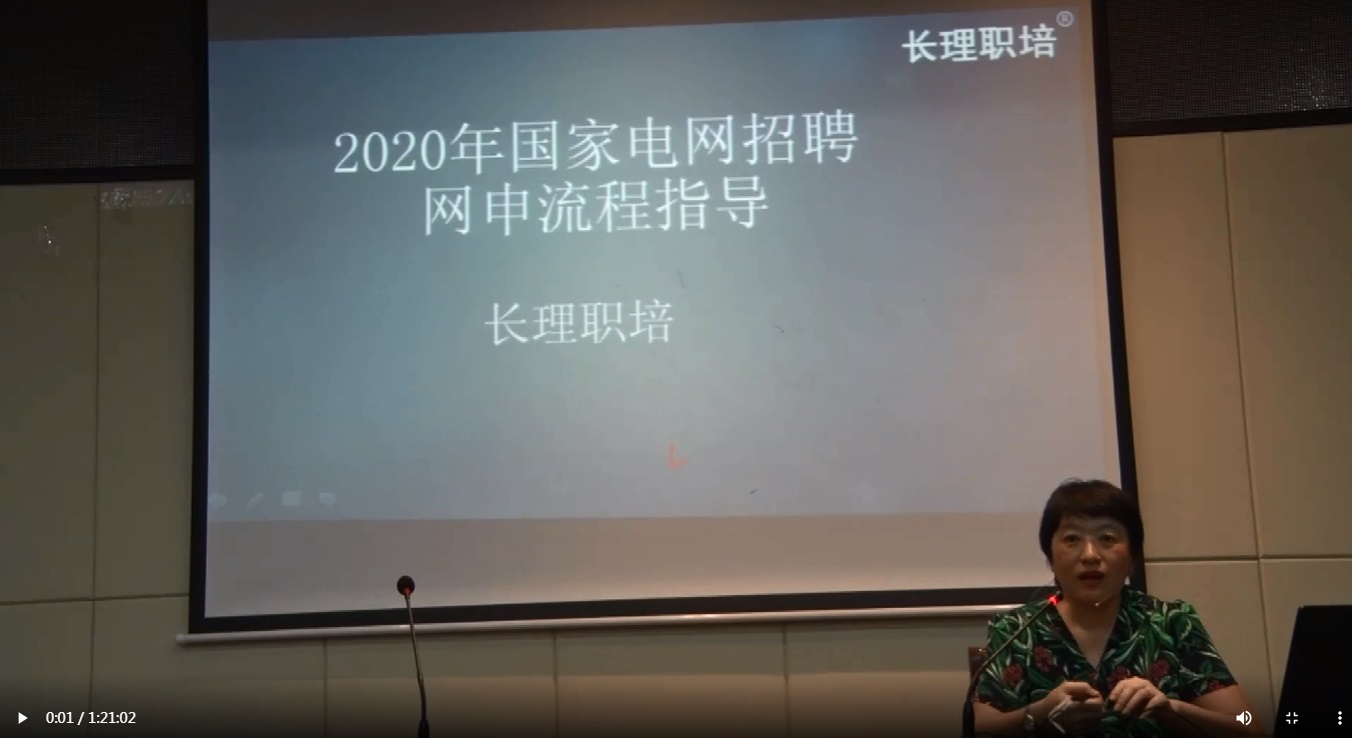


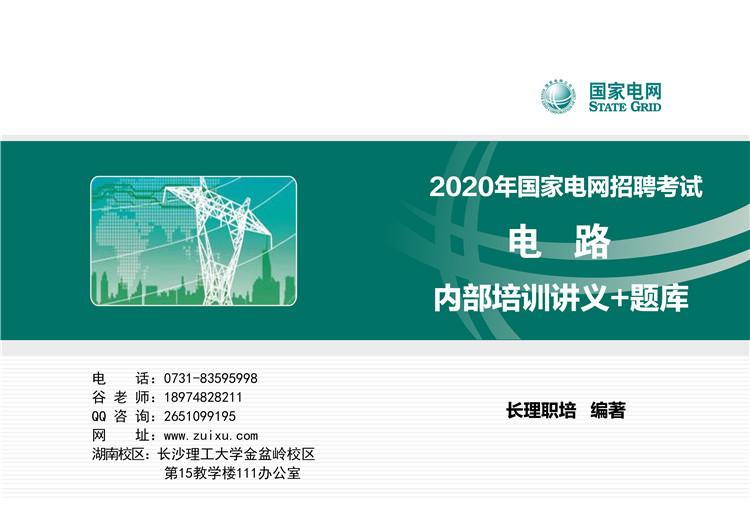

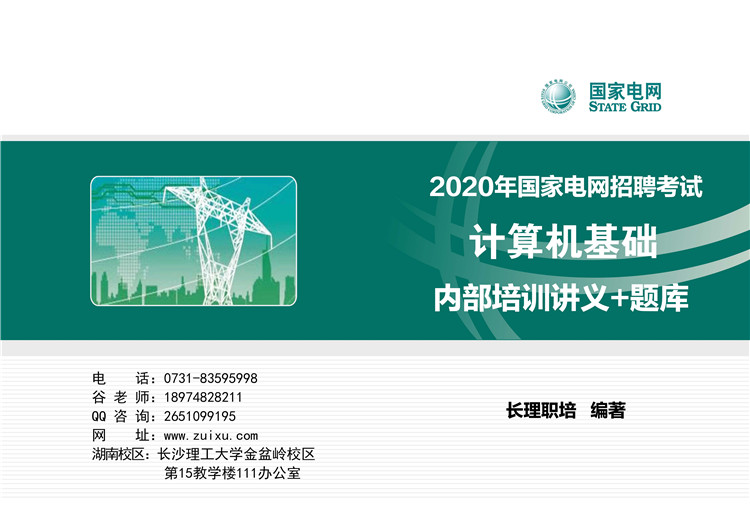


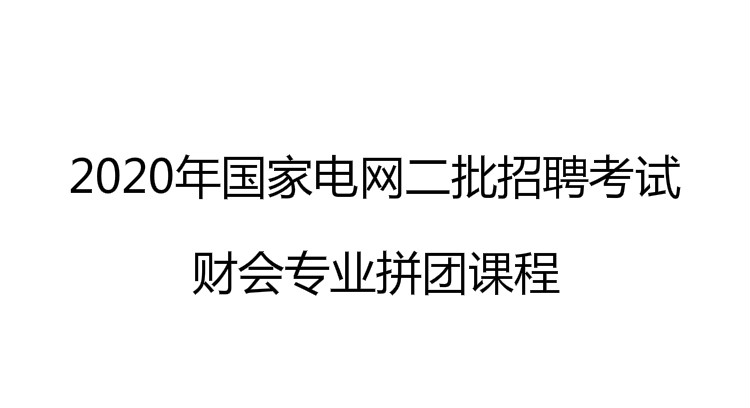
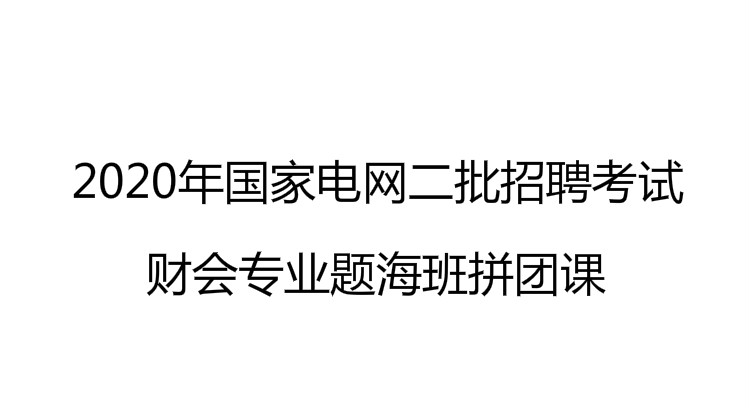
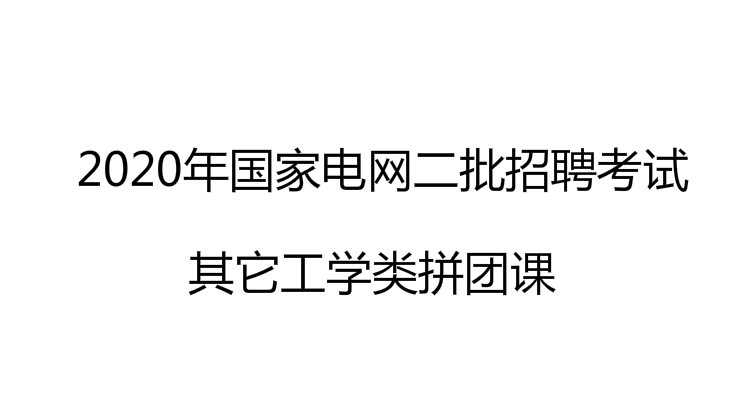



点击加载更多评论>>